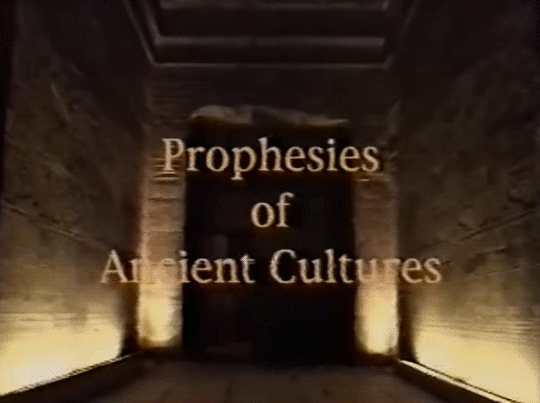#ancient cultures
Text
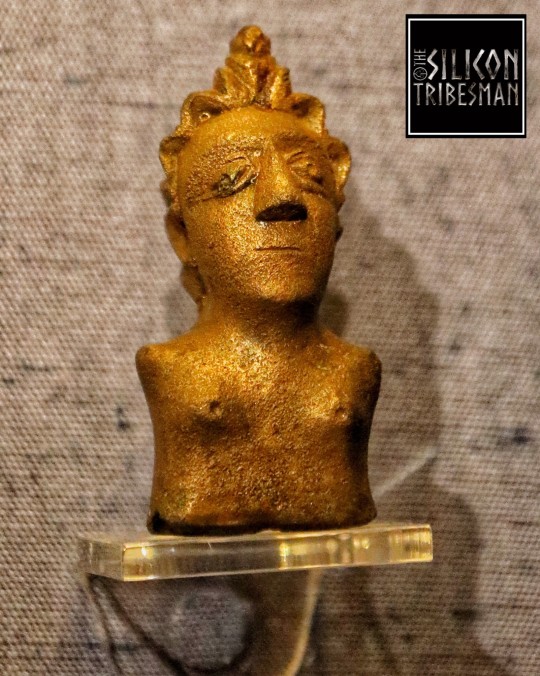

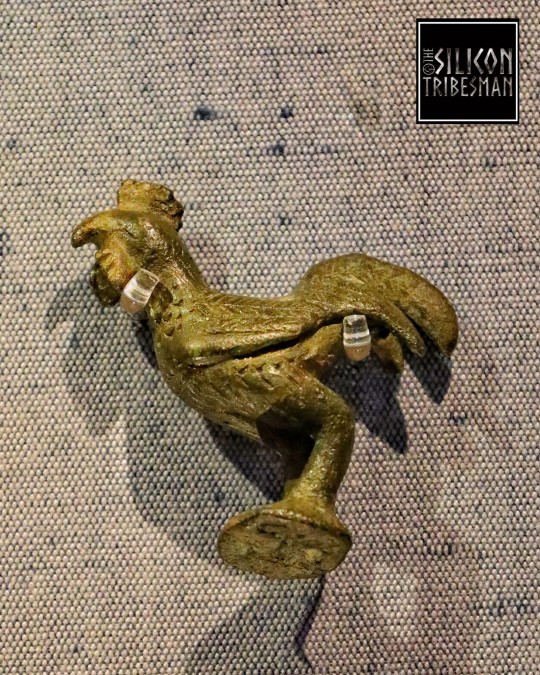
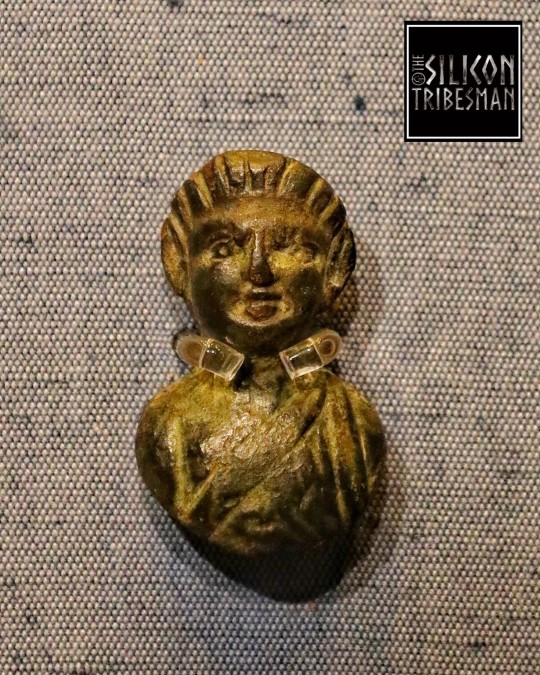

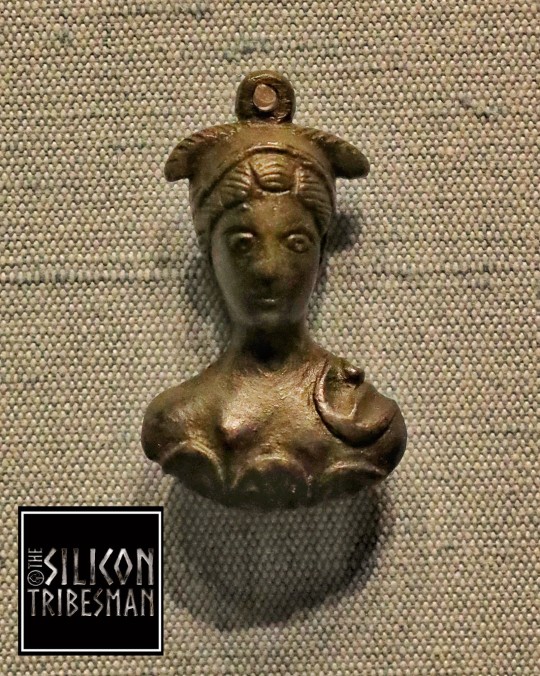
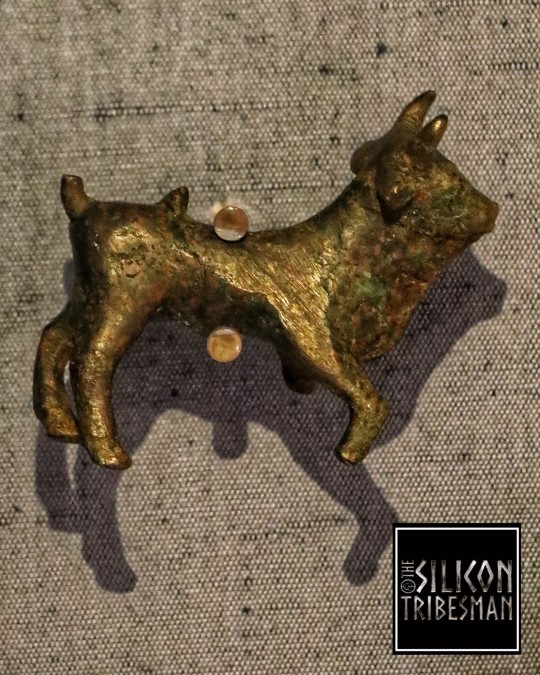

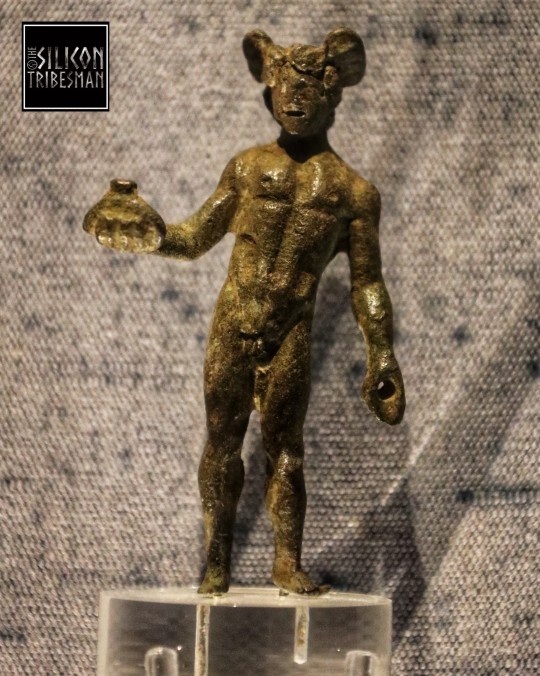

Roman Pendants and Figurines, Corinium Museum, Cirencester
#romans#roman britain#roman empire#roman pendant#roman figurine#roman belief#roman metalwork#metalworking#ancient cultures#ancient living#archaeology#relic#Corinium#Cirencester#designs#pendant#figurine#statuette#gods and goddesses
65 notes
·
View notes
Text
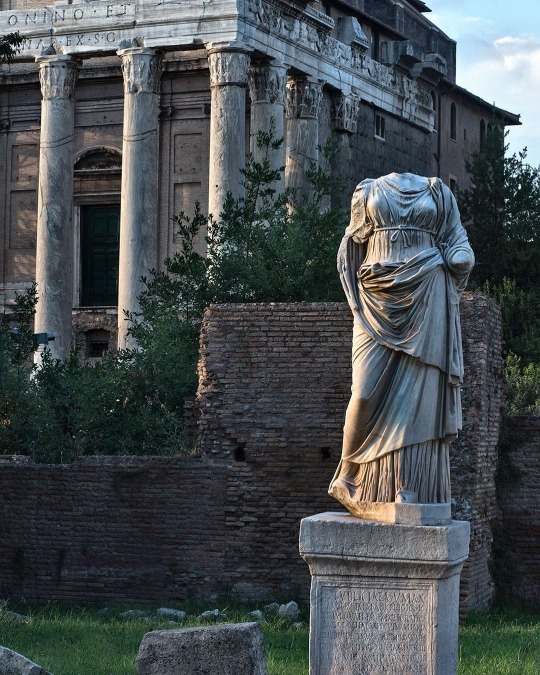
House of the Vestals, Forum, Rome
1K notes
·
View notes
Text
The word "paganism" has come to refer to various pre-Christian religions belonging to a number of ancient cultures—those from Greece, Rome, Egypt, Scandinavia, and so on.
29 notes
·
View notes
Text


An attempt was made to see how this IVC priest king would really look like irl :)
#historical art#ancient civilizations#indus valley#indus valley civilization#harappan civilization#history art#ancient history#ancient india#history#desiblr#desi tumblr#desi tag#desiposting#ancient city#ancient cultures#ancient
21 notes
·
View notes
Text
youtube
In the heart of ancient Mexico, from the 14th to the 16th century, a vibrant and powerful civilization thrived. The Aztecs, which are also known as Mexica or Tenochca, were most likely originated as a nomadic tribe of hunters and gatherers in northern Mexico. While searching for a permanent home which, according to their believes, would be determined by the appearance of an eagle perched on a nopal cactus with a serpent in its beak, in 1325 C.E. they arrived on a marshy land located around Lake Texcoco.
If you liked the content, I would be happy if you could consider visiting my YouTube channel and subscribing.
#aztec#ancient cultures#mesoamerica#epic#story#history#mexica#tenochca#mexico#eagle#snake#eagle and snake#Youtube
44 notes
·
View notes
Text
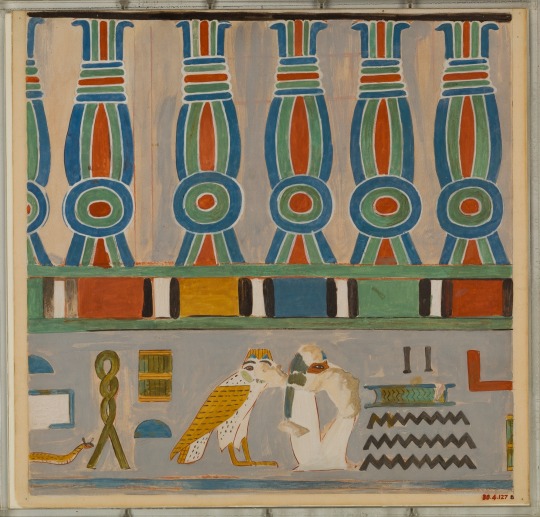
Kheker Friese, Tomb of Tjay, Egyptian, New Kingdom, ca. 1550-1458 B.C., Charles K. Wilkinson Illustration
#Charles K. Wilkinson#egyptology#ancient egypt#Egypt#ancient art#ancient history#ancient cultures#egyptian culture#egyptian history#world history#art history#aesthetictumblr#tumblraesthetic#tumblrpic#tumblrpictures#tumblr art#aesthetic#beauty#tumblrstyle
17 notes
·
View notes
Text
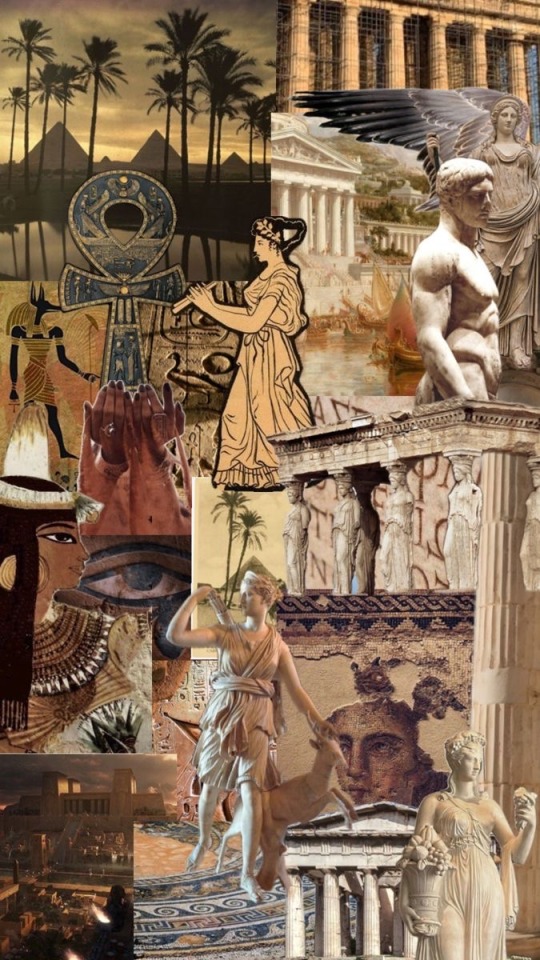
Every ancient Egypt fanatic needs their Ancient Greek fanatic.
#moodboard#ancient egypt#ancient greece#ancient history#ancient civilizations#ancient cultures#egyptian#ancient greek#greek mythology#egyptology#ancient art#ancient greek mythology#ancient world#greek gods#greek pantheon#egypt#greece#dark moodboard#dark academia#academia aesthetic#history#pharoah#cleopatra#egyptian pyramids#pyramids of giza#great pyramid of giza#ancient wonders#god#goddess
14 notes
·
View notes
Text
ANTIQVVS Magazine
Passion for Past Civilizations
Subscribe now:
https://www.antiqvvs-magazine.com/subscribe-world
https://www.antiqvvs-magazine.com/subscribe-usa
https://www.antiqvvs-magazine.com/subscribe-uk
.
#antiqvvs#antiqvvs magazine#journal#periodical#magazine#subscription#subscribe#subscribe now#publication#ancient civilizations#ancient cultures#ancient art#archaeology#history#ancient history#antiquity#mythology#classical#heritage#ancient#culture#art#art history#history of art#ancient world#artefact#artifact#article#archaeology art#explore
8 notes
·
View notes
Photo

Earthenware female figurine, Chupicuaro culture (central Mexico) , 300 BC - 100 AD
The Walters Art Museum
27 notes
·
View notes
Text










Hardknott Roman Fort and Hardknott Pass, Lake District
#roman empire#roman#roman britain#roman army#roman soldiers#archaeology#Roman ruins#ancient cultures#ancient living#stonework#shadows#outdoors#walking
44 notes
·
View notes
Text


Panteón, Roma
2K notes
·
View notes
Text

Tartessian Culture: the Tartessian was a near-mythical culture in Iron Age Iberia which was rich in resources and relatively advanced forms of technology, including shipbuilding and metallurgy - and then it disappeared.
#history#historyfiles#archaeology#tartessian#cultures#ancient cultures#iberia#iron age#tartessos#pre-roman#early cultures
9 notes
·
View notes
Text
In many ancient cultures and religious traditions, rulers and elite members of society not only had wives, they also had concubines.
26 notes
·
View notes
Note
Do you know much about Thracians and their worship of Ares?
I have scarce knowledge about the Thracians so I had to do some research about their religion and.... they did not worship Ares??? The Thracian religion had two deities, a female one (Bendis) and a male one (Zis) and then a demigod (Zalmoxis / Orpheus). These deities encompassed all the qualities traditionally associated with their sex, so Zis was a father god and he had multiple sides to him, he was celestial, chthonic, a hero, a hunter, a royal ancestor of humanity and a warrior. Warrior Zis took a wolf-like appearance and was riding a horse. He was often described in the Thracian language as "bestial".
There is something in ancient literature described as interpretatio graeca, which means that a load of info we have about ancient cultures come from the descriptions of the Greeks and not the other ancient cultures themselves. In this case, Herodotus wrote about the Thracian religion and it is believed his works are a prime example of interpretatio graeca as he was trying to make the foreign religion easily comprehensible to his contemporary Greeks. So, Herodotus would say things like "this is their Ares", "this is their Artemis" and so on. However, the structure of the Thracian mythology appears quite different from the Greek one, especially in its origins.
What could also perplex matters is that Greeks from their side considered the Thracians descendants of Ares, because they were renowned warrior people, but that doesn't mean Thracians worshipped the exact "Ares" Greeks had (and barely even worshipped).
This is an interesting difference. The warrior quality is given to the Thracian father god. Greeks reserve this role for the father god's son who was not all that worshipped either. While Greeks really admired good warriors either among themselves or in other nations, they did not acknowledge themselves as appreciative of the frenzy of war and this is even reflected on how often gods, even Zeus, appeared to dislike and avoid Ares. On the contrary, it is clear that Greeks considered Athena as their primary deity of war, since they viewed themselves as supporters of the defensive war or the war that is inescapable or fully justified or a war that is based on strategy and the evaluation of cost and benefits rather than the wild manly joy or sheer force that was associated with war in some ancient cultures. Furthermore, Ares is portrayed as a young, handsome and strong warrior who however has an unpleasant attitude and does not possess many heroic qualities. So the worship of warrior Zis and the, well, more lukewarm worship of Ares were different.
However, Greeks extensively moved and settled north and a few Thracians did move south (some became mercenaries in Greek armies) and at these points their myths were blending a lot. Usually there are significant differences in the various tellings but there is also a lot of overlap. After the Greco-Thracian interaction, it was often that Thracians would use Greek equivalent names to address the aspects of their gods more easily, so if they wanted to talk about the warrior Zis, they might have said, "Ares". But he was actually a different god.
#mythology#greek mythology#ares#thracian mythology#zis#hopefully i am not super wrong#ancient cultures#greek culture#thracian culture#anon#ask
18 notes
·
View notes
Text
12 notes
·
View notes
